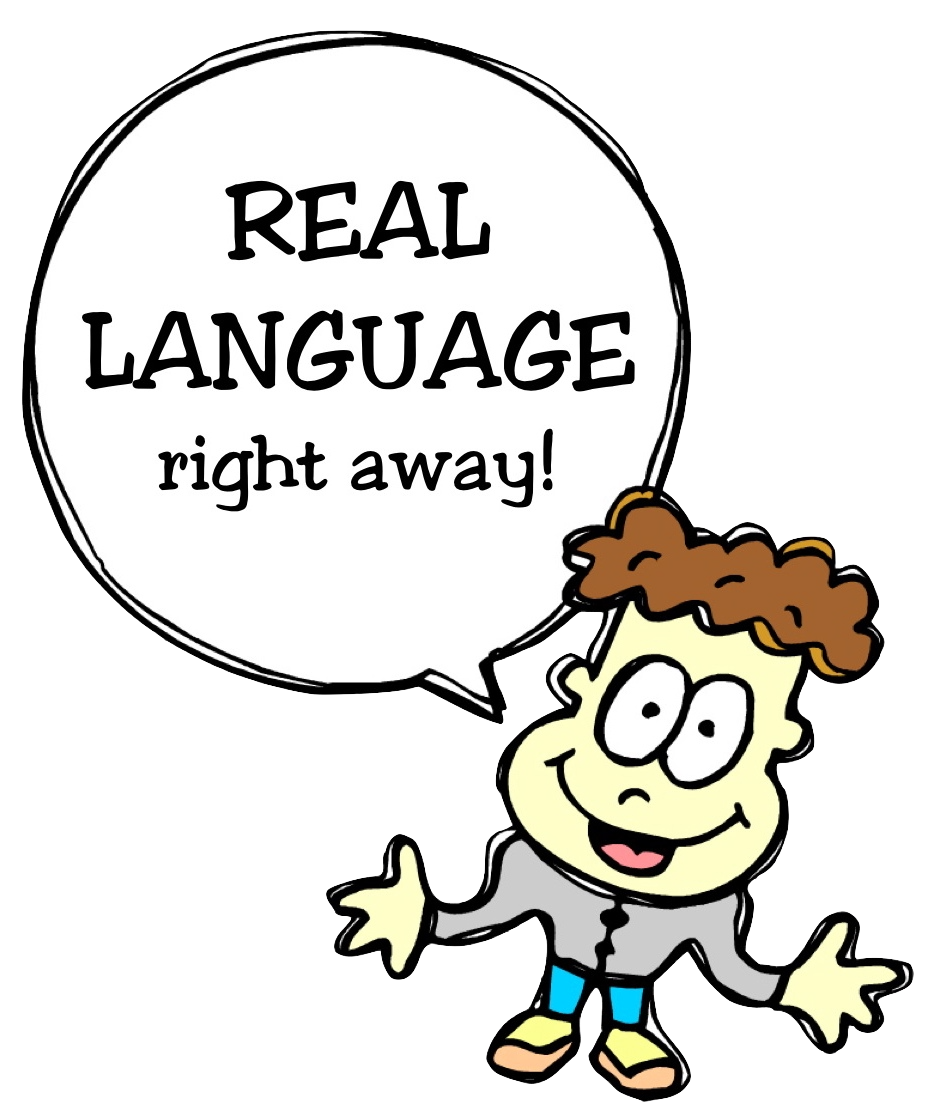RLRA Principle #3 : Facilitate Practice
Let me introduce to you RLRA Principle #3: Facilitate Practice. Much like learning a musical instrument or a sport, language is a skill, and practice is absolutely necessary for improvement. My priority for any class period with any age group is to allow students to practice the language with one another and with me as much as possible.
So, as language teachers, we see ourselves as facilitators or coaches. Our job is to set up activities where students can hone their skills and USE the language. We get them going, then they practice. We listen, we encourage, we provide feedback. Then they practice again!
When we developed the partner conversation, we discovered a tool that allows the students to practice meaningful language from the start. In having them work with a partner, we are maximizing the talk time they have in the target language because everyone in the class gets to practice at the same time. We are also making practice less stressful for them, as they are not put on the spot in front of the whole class, but rather talking to just one other person.
It is important to note that the partner conversation is the starting point - it is the way that we introduce new language to novice learners. The practice that we are facilitating is a means to move the learner from the point of encounter with new vocabulary, structures, or expressions to a point of ownership. By ownership, we mean that the student can produce the language spontaneously and appropriately for a situation.
So, how do we move them from “encounter” to “ownership”? You guessed it, through practice! They start by practicing the conversation with a partner. (For more information on how to vary partner practice and which follow-up activities you might provide, see our post entitled Our Guide to Partner Practice.)
In the layout of our Student Activity Books, the conversation comes first, and it is followed by a series of oral and written practice activities. The more the students practice, the more likely they are to reach the point of ownership with given vocabulary, structures, and expressions. The graphic above may be slightly misleading, as the path to acquisition is never a straight line - language learning is messy and full of mistakes. The key to moving forward is continued practice!
Our curriculum is very user-friendly, and it guides you through a progression of activities which help you facilitate student practice in your classroom. To view full previews of our Student Activity Books and Teacher’s Guides, check out the links below:

